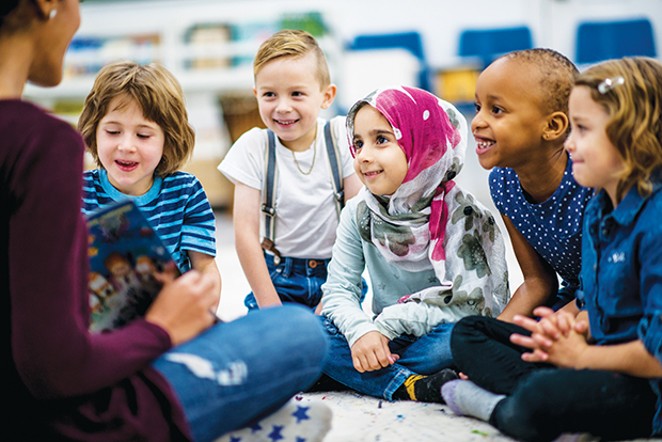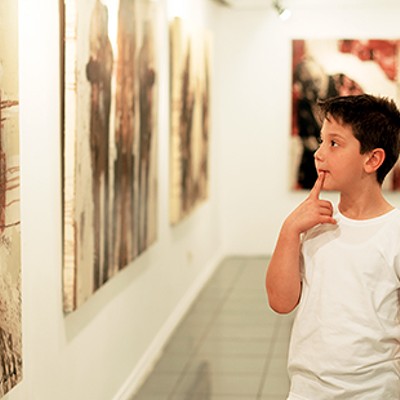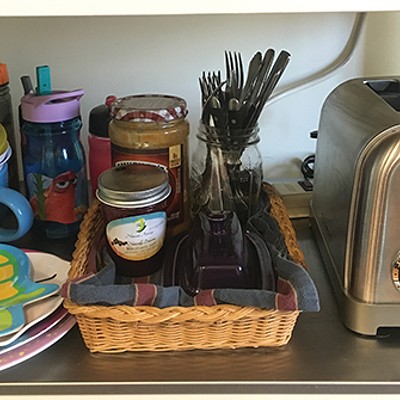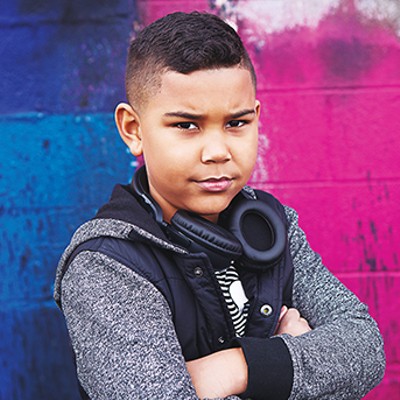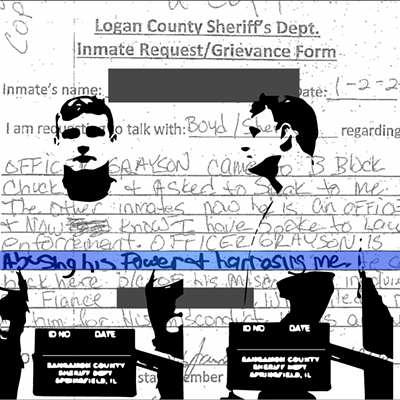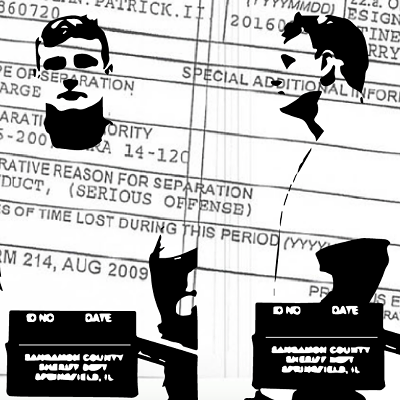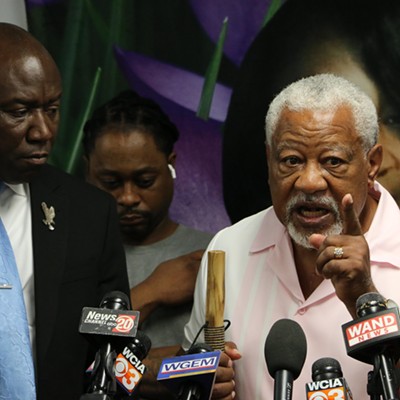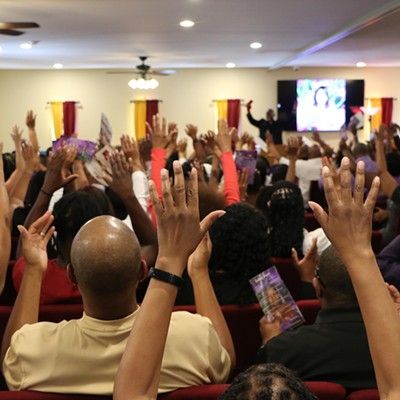A hate crime is committed every hour in the United States, according to Tolerance.org, a web project of the Southern Poverty Law Center. Of particular concern to parents is the fact that young men under 20 are the perpetrators of half of these violent acts. Biases are learned during early childhood, explains the Leadership Conference Education Fund, and young children exposed to prejudices hold numerous stereotypes by the time they reach the age of 12.
In a society as diverse as the United States, it’s surprising and disturbing to see the misconceptions often held toward those who are different – including unfair biases toward other religious faiths.
As parents and educators, we must strive to change these patterns so our kids grow into kind and accepting adults.
Tolerance begins at home
We must first recognize that our own attitudes and actions toward those of different faiths play a crucial role. Children are observant and catch even the subtlest form of stereotyping. According to experts, attitudes prevailing in the home will have the strongest impact on the way children perceive people who are different.
There are many ways to encourage your child to accept those of other faiths and no faith. If you haven’t already, explain your beliefs to your child and why you hold them. Then share factual, non-derogatory information about other religious beliefs.
Read books with your child on world religions, diversity and tolerance. Have open discussions and encourage questions. Explain the importance of religious freedom for your own family and why it’s important for others too. Then make sure your child understands that accepting another’s belief doesn’t mean you must take it on as your own.
Learning tolerance outside the home
Talk to your child’s school to make sure textbooks and curricula reflect equity and multiculturalism. Ask teachers and staff if and how they approach teaching tolerance in the classroom. If the school or classroom doesn’t already include tolerance education, try to help activate it. Ask if you can share ideas with staff, and learn other ways to assist the school in promoting positive attitudes toward diversity.
Help your child develop acceptance by describing the beliefs of relatives and friends with different views from your own. Ask those with different views to share with your child what they believe and why. Make sure these adults understand your purpose so they won’t attempt to proselytize to your child or criticize your own beliefs. Rather, ask them to share their beliefs with neutrality. By providing your child the opportunity to discover that trusted, respected family members and friends hold a wide range of beliefs, your child will be well on his way toward acceptance of others.
Fight intolerance
Another recommendation by Tolerance.org is to encourage your child to actively fight stereotypes and intolerance. Help your child to form a club, study circle or sponsor a walkathon for diversity. Your child will have the opportunity to meet kids of other beliefs while learning the importance of social responsibility.
Confront biased behavior expressed by family and friends, especially if your child witnesses it. For example, if Grandma complains her “Jewish neighbors don’t take care of their lawn,” don’t brush it aside. Otherwise, both grandmother and child will take your silence as approval of the remark. Confronting family and friends isn’t easy, but it can be done with tact. Don’t criticize. Nonchalantly but clearly acknowledge grandmother’s frustrations, then point out that the situation has nothing to do with anyone being Jewish. By doing so, you’re teaching your child that such biased comments are not necessarily true and not to accept intolerance.
Finally, if your child attends church or religious school, talk with the teachers to learn their attitudes and levels of tolerance. While many are accepting of other religious views, some religious leaders perpetuate intolerance by preaching against those of other faiths. Other religious leaders may contribute to stereotyping in more subtle ways. Kids are very perceptive though and will recognize the biases all the same. If you do detect prejudice, look for another religious home.
Finally, talk with your religious institution about ways it can teach tolerance among its youth. After all, the desire for peace on earth is shared among many of the world’s religions.
Share these books on world religions and tolerance with your child.
• A World of Faith by Peggy Fletcher Stack, illustrated by Kathleen B. Peterson
• One World, Many Religions: The Ways We Worship by Mary Pope Osborne
• The Story of Religion by Betsy Maestro and Guilio Maestro
• Sacred Myths: Stories of World Religions by Marilyn McFarlane
• Just Because: Where Seeing Another Point of View Makes a Better You by Amber Housey
• Teaching Tolerance: Raising Open-minded, Empathetic Children by Sara Bullard
Kimberly Blaker of Farmington Hills, Michigan, is the author of a kids’ STEM book, Horoscopes: Reality or Trickery? She also writes a blog, Modern FamilyStyle at modernfamilystyle.com.
Teaching children religious tolerance
Embracing diversity in a changing world
[
{
"name": "Air - MedRect Combo - Inline Content 1",
"component": "11490391",
"insertPoint": "3",
"requiredCountToDisplay": "1",
"parentWrapperClass": "fdn-ads-inline-content-block"
},{
"name": "Air - MedRect Combo - Inline Content 2",
"component": "11490392",
"insertPoint": "7",
"requiredCountToDisplay": "5",
"parentWrapperClass": "fdn-ads-inline-content-block"
},{
"name": "Air - MedRect Combo - Inline Content 3",
"component": "11490393",
"insertPoint": "12",
"requiredCountToDisplay": "9",
"parentWrapperClass": "fdn-ads-inline-content-block"
}
]
Illinois Times has provided readers with independent journalism for almost 50 years, from news and politics to arts and culture.
Your support will help cover the costs of editorial content published each week. Without local news organizations, we would be less informed about the issues that affect our community..
Got something to say?
Send a letter to the editor and we'll publish your feedback in print!

